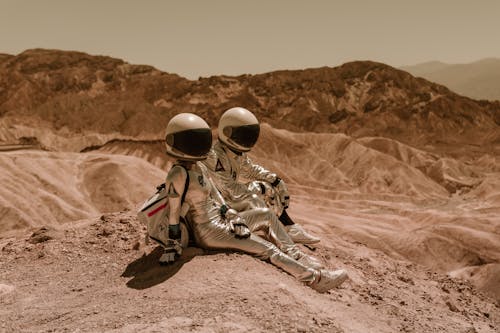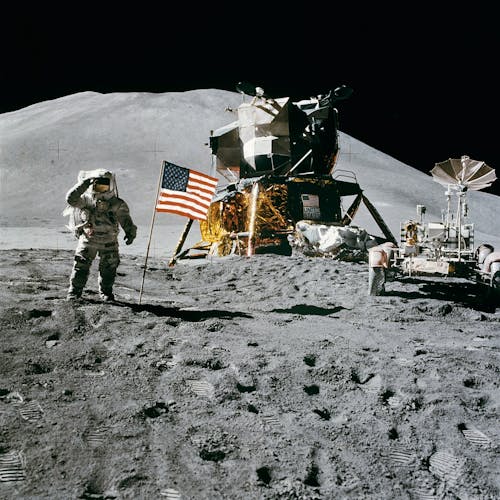When the astronauts land on Mars, there will be storable food from Earth waiting for them to use. The storable food from Earth will only serve as emergency rations, which means the astronauts will try to eat as much fresh food that they produce on Mars as possible. It is likely that algae and insects will also be part of the diet on Mars.
Food production will occur indoor under artificial lighting. In total, there will be approximately 80 m2 available for plant growth in the original habitat. The first crew will also be able to use the habitat of the second crew to grow food because the hardware for the second crew lands only a few weeks after the first crew lands.
A thick layer of Martian soil on top of the inflatable habitat will protect the plants (and the astronauts) from radiation. CO2 for the plants is available from the Mars atmosphere and water is available through recycling and the soil on Mars. Nutrients for the plants could come from recycling human waste or could be imported from Earth.
Any plant production surplus will be stored as emergency rations for the second crew and for emergencies. Non-edible parts of the plants will be recycled or stored until more advanced recycling equipment is shipped from Earth.
Mars One will investigate the volume requirements for food production in the simulation outpost and the crews will be trained for many years to operate the greenhouse equipment. The aim is for colony to be independent from the food they receive from Earth. There will always be enough emergency rations in storage, locally produced or from Earth, to survive until the next supply mission comes.


Comments
Post a Comment